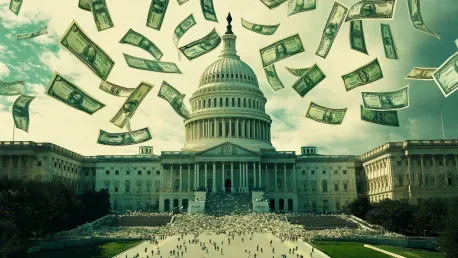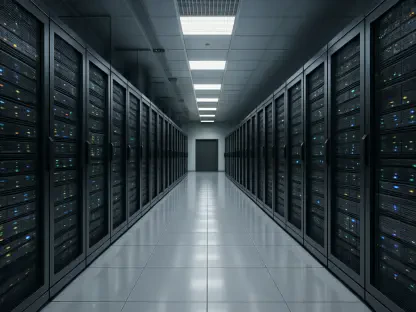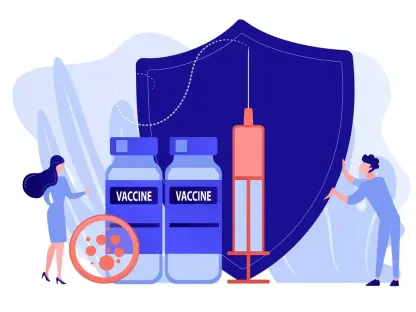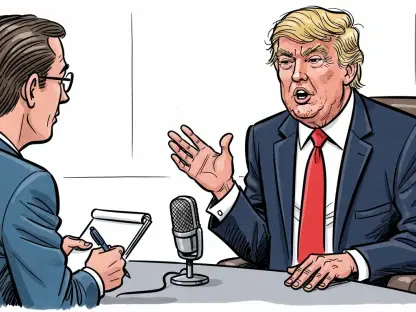Supply-side economics emerged as a significant economic theory during the Reagan administration and reappeared prominently through the 2017 Tax Cuts and Jobs Act (TCJA) enacted under Donald Trump. This approach aims to stimulate economic growth by reducing tax rates, thus increasing the overall economic “pie” rather than merely adjusting its internal distribution. However, despite its celebrated successes in certain spheres, this theory has been frequently criticized for its tendency to overlook the critical aspect of government spending. This oversight raises profound questions about the sustainability and long-term effectiveness of supply-side economics in fostering robust economic growth.
Historical Foundations of Supply-Side Economics
Supply-side economics posits that tax cuts can catalyze economic activity, a theory intricately bound to the concept of the Laffer Curve. The Laffer Curve suggests an optimal tax rate that maximizes government revenue by enhancing economic growth. Proponents of supply-side economics argue that lowering taxes incentivizes investment, boosts production, and ultimately leads to increased overall tax revenues. This theory took center stage during Ronald Reagan’s presidency, shaping the economic policies of the early 1980s.
The Reagan administration aimed to jump-start an economy beleaguered by stagflation through significant tax cuts. These policies are widely credited with fostering economic growth and reducing unemployment rates. However, the flipside of this economic upswing was an alarming increase in federal deficits and national debt. Critics of Reagan’s policies point to this fiscal imbalance as a significant drawback, highlighting the failure to couple tax relief with spending cuts. Notably, the 2017 Tax Cuts and Jobs Act (TCJA) under President Trump represents a modern iteration of these supply-side economic principles.
The TCJA sought to reduce both corporate and individual tax rates as a means to stimulate economic growth. Advocates of the TCJA argue that the legislation significantly boosted the economy and increased incomes, particularly benefiting marginalized groups such as women, ethnic minorities, and foreign-born workers. However, as with Reagan’s approach, the TCJA’s effectiveness is tempered by its inability to address concurrent government spending, raising questions about fiscal sustainability.
The Role of the Laffer Curve
At the heart of supply-side economics lies the Laffer Curve, a model illustrating the relationship between tax rates and tax revenue. According to this theory, there exists an optimal tax rate that maximizes revenue by encouraging economic activity. Conversely, tax rates that are too high or too low can stymie revenues and induce economic stagnation. Christopher Jacobs delves into the practical limitations of the Laffer Curve, emphasizing that while moderate tax cuts can foster growth, extreme reductions may not be fiscally sustainable.
Jacobs elucidates that a tax rate reduced to an extreme level, such as 1%, would render government functions unsustainable due to inadequate revenue generation. Therefore, the real challenge lies in finding a tax rate that balances fostering economic growth with maintaining fiscal responsibility. Despite its theoretical appeal, the Laffer Curve has attracted its share of critics. Some economists argue that the revenue-maximizing tax rate proposed by supply-side proponents is much higher than suggested, while others contend that the positive economic gains from tax cuts are often overstated and do not always translate into increased governmental revenue.
The discourse around the Laffer Curve underscores an essential tension in supply-side economics: finding the sweet spot where tax cuts maximize economic activity without compromising fiscal responsibility. This delicate balance remains at the core of policy debates, especially when examining real-world applications of supply-side theories, such as the 2017 Tax Cuts and Jobs Act. Understanding the nuances of the Laffer Curve is imperative for comprehending the broader implications and critiques of supply-side economics.
A Case Study: The 2017 Tax Cuts and Jobs Act
The 2017 Tax Cuts and Jobs Act (TCJA) serves as a contemporary case study in the application of supply-side economics. The legislation aimed to simplify the tax code and reduce rates for both corporations and individuals as a means to stimulate economic growth. Supporters of the TCJA claim that these measures spurred economic expansion, increased employment, and led to higher wages across the board. These proponents often highlight the notable short-term benefits brought about by the legislation, particularly for historically marginalized communities.
Jacobs points out that the TCJA did indeed result in economic indicators pointing towards increased job creation and income levels, notably benefiting women, ethnic minorities, and foreign-born workers. These gains were largely attributed to the heightened business investment and expansion facilitated by reduced tax rates. However, the TCJA was not without its detractors. Critics argue that the tax cuts disproportionately benefited the wealthy, exacerbating issues of income inequality. Furthermore, the legislation did little to rein in government spending, leading to persistent concerns about long-term fiscal sustainability.
One of the primary criticisms of the TCJA is its contribution to the growing federal deficit and national debt. While the short-term economic benefits were evident, the failure to address government spending has cast a long shadow over these gains. This case study underscores a fundamental critique of supply-side economics: its frequent neglect of spending control. Without addressing government expenditure, the long-term viability of tax cuts remains questionable, as rising deficits and national debt can undermine economic stability.
The Achilles’ Heel: Government Spending
A central critique of supply-side economics is its historical and ongoing failure to adequately address government spending. While tax cuts can indeed stimulate economic growth, unchecked government expenditure can lead to substantial budget deficits and mounting national debt. Jacobs emphasizes that for supply-side policies to be genuinely effective, they must be paired with stringent expenditure controls. Historically, supply-side policies have allowed politicians to evade the necessary fiscal discipline.
During the Reagan era, significant tax cuts were not matched with corresponding spending cuts, leading to a substantial increase in the national debt. The TCJA followed a similar pattern, focusing primarily on revenue optimization through tax reductions, while largely ignoring the equally critical issue of government spending. This pattern demonstrates a recurrent failure within supply-side economics to balance tax relief with expenditure restraint.
The implications of failing to control government spending are far-reaching. Rising deficits can result in higher interest rates, which in turn crowd out private investment and hinder economic growth. Furthermore, increasing debt burdens can limit the government’s ability to respond effectively to future economic crises, thereby undermining the long-term objectives of supply-side policies. For supply-side economics to thrive and foster sustainable growth, it is imperative to address the Achilles’ heel of governmental fiscal excess.
Legislative Dynamics and the Future of Tax Cuts
Supply-side economics gained prominence during the Reagan administration and later resurfaced with the 2017 Tax Cuts and Jobs Act (TCJA) under President Trump. This economic theory emphasizes boosting growth by lowering tax rates, aiming to expand the overall economic “pie” instead of merely redistributing its pieces. Proponents argue that reducing taxes spurs investment, increases productivity, and ultimately benefits all economic classes through a more dynamic and thriving economy. Despite these touted advantages, the theory has faced significant criticism for often ignoring the importance of government spending in a balanced economic strategy. Critics argue that by focusing predominantly on tax cuts while neglecting fiscal responsibility, supply-side economics risks fostering economic imbalances and deficits that could jeopardize long-term sustainability. Indeed, the theory’s inconsistency in addressing comprehensive fiscal health raises important questions about its capability to support enduring economic prosperity, thus demanding rigorous scrutiny and balanced policymaking.









